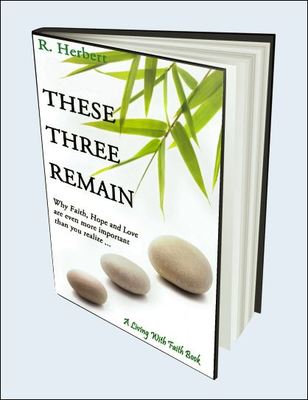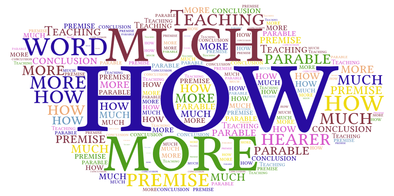
Probably every Christian knows the apostle Paul’s summary of the greatest Christian virtues found in 1 Corinthians 13:13. As new believers, it is one of the first verses we learn and one we always remember.
The meaning of Paul’s statement is simple enough. Like towering mountain peaks that still stand after the surrounding landscape has been eroded down or like three “rock hard” pebbles that remain when a stream has washed away the softer sand and soil, these three qualities “remain.”
But our new e-book, These Three Remain, helps you see scriptures speaking of these qualities when you might otherwise read right over them. It looks closely at each of the three key Christian attributes and examines how they interact with each other in your life. In fact, as you read this book, you may find that faith, hope and love are even more important than you ever realized. You can download this new free e-book here.




 RSS Feed
RSS Feed
